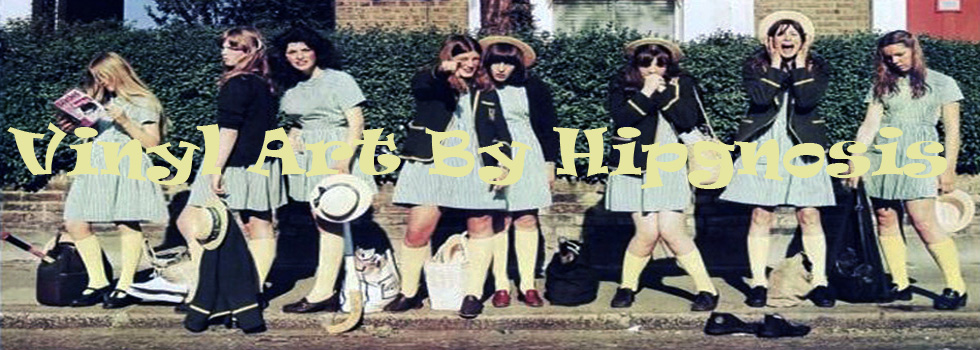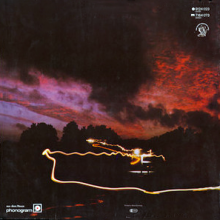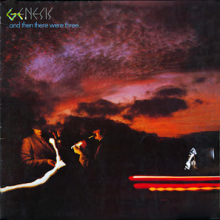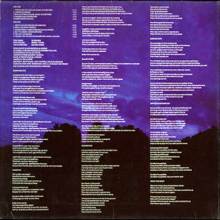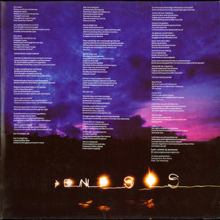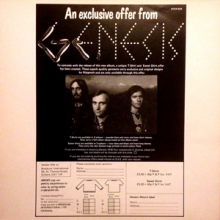Biography
Genesis were an English rock band formed at Charterhouse School, Godalming, Surrey in 1967. The most commercially successful and longest-lasting line-up consisted of keyboardist Tony Banks, bassist/guitarist Mike Rutherford and drummer/singer Phil Collins. Significant former members were original lead singer Peter Gabriel and guitarist Steve Hackett. The band underwent many changes in musical style over its career, from folk music to progressive rock in the 1970s, before moving towards pop at the end of the decade. They have sold 21.5 million RIAA-certified albums in the United States and their worldwide sales are estimated to be between 100 million and 150 million. Formed by five Charterhouse pupils including Banks, Rutherford, Gabriel, and Anthony Phillips, Genesis was named by former pupil Jonathan King who arranged them to record several unsuccessful singles and an album. After splitting with King, the group began touring professionally, signing with Charisma Records. Following the departure of Phillips, Genesis recruited Collins and Hackett and recorded several progressive rock style albums, with live shows centred around Gabriel’s theatrical costumes and performances. The group were initially commercially successful in mainland Europe, before entering the UK charts with Foxtrot (1972). They followed this with Selling England by the Pound (1973) and The Lamb Lies Down on Broadway (1974) before Gabriel decided to leave the group. https://en.wikipedia.org/wiki/Genesis_(band)
